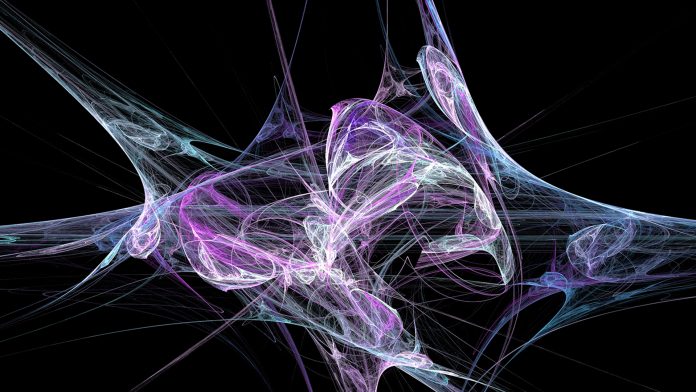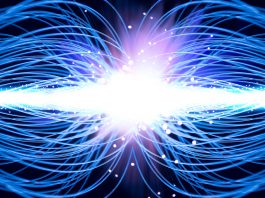Researchers at Graz University of Technology have, for the first time, demonstrated laser-assisted electron scattering in liquid. This discovery offers exciting new prospects for ultra-fast electron microscopy.
The inquiry into and advancement of materials fundamentally relies on the capacity to examine the smallest objects at the fastest time scales. The spatial resolution required for studies of the (sub-) atomic variety can be attained through electron microscopy. For the fastest processes, taking place within a few femtoseconds (quadrillionths of a second), the time resolution of typical electron microscopes is currently inadequate for the job.
Improving the capacity of electron pulses
In order to enhance the time duration of electron pulses, it would be necessary for electrons to be selected within a briefer time window. In theory, this temporal selection is feasible utilising exceptionally small laser pulses through a procedure known as laser-assisted electron scattering (LAES). During this process, electrons can gain energy from the light field throughout through collisions with atoms of the sample under examination.
The results were published in Nature Communications.
“Structural information is provided by all electrons, but those that have a higher energy level can be assigned to the time window in which the light pulse was present. With this method, it is possible to select a short time window from the long electron pulse and thus improve the time resolution,” said Markus Koch, professor at the Institute of Experimental Physics at Graz University of Technology.
Up until now, laser-assisted electron scattering methods have only been detected during the gas phase, even though they have been examined for approximately 50 years.
Discovering electron scattering in liquid
Now, Koch and his team, alongside scientists from the Photonics Institute at Vienna University of Technology and the Institute of Chemistry at Tokyo Metropolitan University, have verified for the first time that laser-assisted electron scattering can also be detected in condensed matter, specifically in superfluid helium.
The researchers’ study was conducted in a superfluid helium droplet of a few nanometres diameter (3-30 nm), into which they inserted single atoms (indium or xenon) or molecules (acetone) that acted as an electron source.
“The free electrons can move almost without friction within the droplet and absorb more energy in the light field than they lose in collisions with the helium atoms,” explained Leonhard Treiber, the PhD student leading the experiment.
The subsequent increase in speed has enabled the study of much faster electrons.
Going forward, the laser-assisted electron scattering process will be observed within thin films of different materials, also generated inside helium droplets, in order to configure vital parameters such as the optimal film thickness or the optimal intensity of the laser pulses for use in an electron microscope.
This research project was funded by an Austrian Science Fund project and is anchored in the Field of Expertise “Advanced Materials Science”, one of five strategic focus areas of TU Graz. Participating researchers are members of NAWI Graz Physics.









